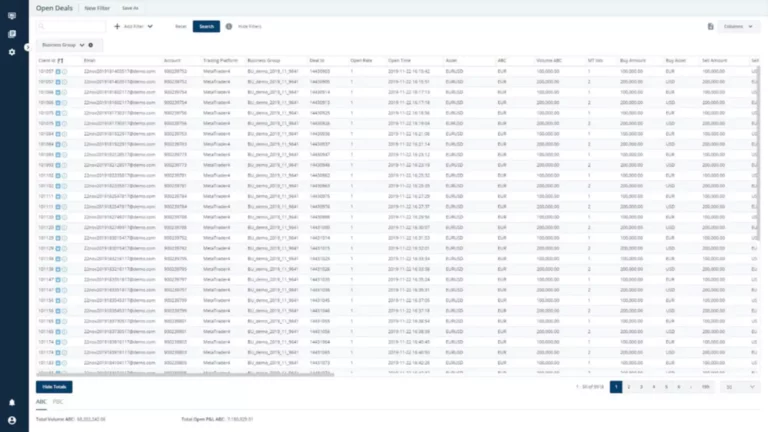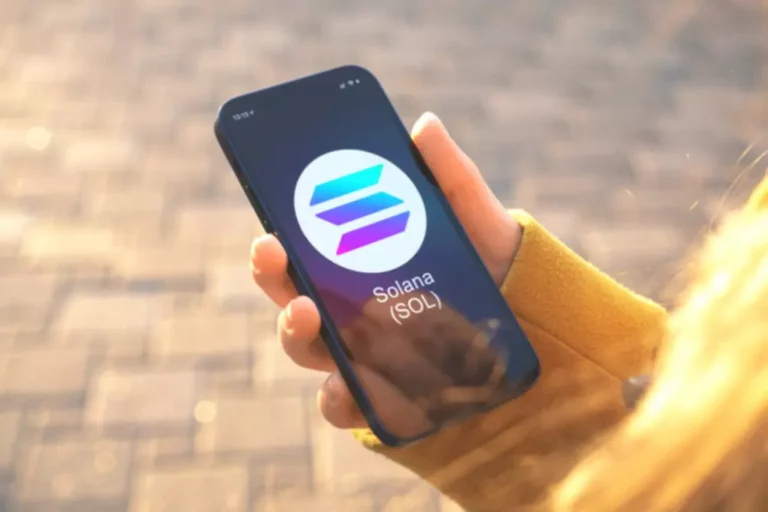Content
Once you have accumulated the minimum amount of tokens or crypto balance required to withdraw from the crypto faucet, you can transfer the cryptos to your private wallet. Andresen’s initial Bitcoin Faucet rewarded each user with five BTC for completing a simple captcha and eventually gave out 19,715 BTC in total during the promotional period. Going by the BTC price at that time—each Smart contract token was priced at less than a cent—the total value of 19,715 BTC came to a meager $16. This blog traces the history of crypto faucets, explains their role in the crypto world, and differentiates them from crypto airdrops.
Create Your Free Token Metrics Account
In my personal opinion, crypto faucets should only be done in your spare time. Cryptocurrency faucets were designed initially to increase coin ownership and increase the popularity what is a crypto faucet of cryptocurrency. For example, the first bitcoin faucet was developed by Gavin Andersen in 2010.
Everything You Need To Know About the Bitshare Blockchain
Traffic arbitrage is mostly responsible for the cryptocurrency faucet companies’ income. The traffic that cryptocurrency faucet platforms provide to other ad networks generates revenue, distributing a tiny amount of that revenue to users. In cryptocurrency faucets, https://www.xcritical.com/ the only traffic source is the users, who also get modest amounts of money through cryptocurrency rewards via ad networks. Crypto faucets are websites or applications that reward users with small amounts of cryptocurrency for completing simple tasks or solving captchas. If you are interested in becoming a billionaire within a year, crypto faucets may not be the thing for you. The most popular bitcoin faucets will offer 20 satoshi per transaction and at the end of a full day spent on a faucet, you might make less than $5.
How does a crypto faucet make money?
While cryptocurrency faucets provide many benefits for making cryptocurrencies more accessible, they also have some drawbacks. Learn more about cryptocurrency faucets now, then pick reputable substitutes. Understanding the concept of a crypto faucet gives you a real advantage while looking for a new way to make money with cryptocurrencies.
How to claim free Bitcoin or altcoins from trusted crypto faucets?
This has borne many crypto faucets through which one can earn different crypto coins legitimately, without spending money. Another scam method is requesting some form of payment after which the user is not able to get their coin. In other cases, the faucet slows almost before the payment threshold is reached or the coin is wiped off the wallet after the task completion.
Alongside the rise of Ethereum in NFTs and DeFi, and its status as the second-largest cryptocurrency by market cap, Ethereum faucets have also gained popularity. These faucets reward users with Ether (ETH) or smaller units known as gwei. Ethereum faucets often target users who are interested in learning about Ethereum’s smart contract functionality or decentralized applications (dApps). His Bitcoin faucet gave away a generous 5 BTC per user for the simple task of solving a captcha. In 2024, however, the amount distributed by faucets is much smaller, but the concept remains the same—introducing users to crypto in a low-risk, low-reward manner.
You can earn cryptocurrency steadily and very slowly with the help of crypto faucets. Even if you cannot load hundreds of Bitcoin into your cryptocurrency wallets, you can still accumulate the smaller incentives. Crypto tiny wallets or micro wallets are also included in cryptocurrency faucets for depositing cryptocurrency prizes. Additionally, the wallets connected to cryptocurrency faucets may provide rewards, such as DeFi projects, for storing monies in the wallets. Always rely on a reputable crypto faucet platform with good user reviews that is vetted by top crypto wires.
- There are faucets for other cryptocurrencies in addition to Bitcoin, including altcoins, such as Ethereum, Dogecoin or Litecoin.
- You have to invest your time in completing the tasks and receive crypto rewards.
- Remember, the best way to get Bitcoins back then was to mine them, which required significant computing power.
- There are faucets that dispense bitcoin, ethereum, zcash, monero, litecoin, as well as ones that dispense multiple types of cryptocurrencies.
- Interestingly, users don’t have to go through any complex tasks to earn crypto through crypto faucets.
Others might rely on affiliate programs or partnerships to sustain operations. Well, the premise of these platforms is to “drip” small amounts of cryptocurrency, much like how a leaky faucet drips water little by little. Crypto faucets are a great way to earn extra crypto coins, but there are some important things one has to know about it, to avoid getting into the wrong hands. For example, some Bitcoin faucets may only reward you with one Satoshi, worth a fraction of a cent.
The owners of these faucets make money from ads displayed on the websites, downloads on app stores, and ads viewed on mobile applications. In all sincerity, crypto faucets do not give away cryptocurrency for free. Faucet owners use CoinAd, Anonymous Ads, and affiliate marketing to cash out from the numerous visits to their mobile applications and websites daily. A Bitcoin faucet is a website where a user receives a small amount of Bitcoin for a simple action.

The very first BTC faucet was created by Bitcoin developer Gavin Andresen as a way to introduce more people to the concepts of Bitcoin and blockchain technology. At that time, Bitcoin was not as well-known or valuable as it is today, so faucets served as a way to increase awareness and adoption. In this article, we explore the concept of crypto faucets, how they work, the different types available, as well as best practices for getting the most out of these platforms.

Once you are a registered user, you can begin completing tasks for crypto. What’s more, crypto faucets usually set rules and timelocks around the tasks. For example, you might only be allowed to claim rewards once every hour or day. The first crypto faucet was created in 2010 for Bitcoin, the world’s first cryptocurrency. Bitcoin developer Gavin Andresen created a crypto faucet website where people could solve a simple captcha to earn 5 BTC every day. And yes, you might be fairly rich if you had collected Bitcoins from Andresen’s website back then and held onto them for a few years, but we don’t have time machines (yet).

The micro wallet is an integral part of how you use crypto faucets as they help in storing the small rewards without incurring high transaction fees. You can notice the completion time and payouts for the tasks before you start one, which helps you decide the suitable tasks. Among the many highlights of crypto faucets, one of the significant choices would refer to their limited adoption. You have to worry about low payouts alongside the fraudulent techniques employed by many crypto faucet sites for swindling money. A crypto faucet is basically meant to serve awareness among people regarding new cryptocurrencies.
You will also need a micro wallet for your rewards, though most crypto faucets create one for you automatically upon signing up. To explain, a micro wallet is just like a regular crypto wallet, but for managing very small amounts of crypto. A crypto faucet is a website or application that rewards you with cryptocurrency for completing simple tasks. These tasks could involve watching an ad, participating in a survey, or completing a quiz. Some faucets don’t even need you to complete tasks, you just need to prove you are a human by completing a captcha. As explained earlier, crypto faucets work by giving out crypto rewards to users after completing tasks.
I’m eclectic and well-versed in the blockchain/cryptocurrency, lifestyle, finance and travel niches. I enjoy the process of unravelling a topic, unfurling the layers of all there is to know about it and presenting my findings to my readers in concise and simple pieces. I do my best to bring you relevant, current and credible information on those topics. If you want to join the testing pool of a blockchain or are an aspiring dev, here’s how to use a testnet faucet. Public testnets are test networks that are open to the general public.
